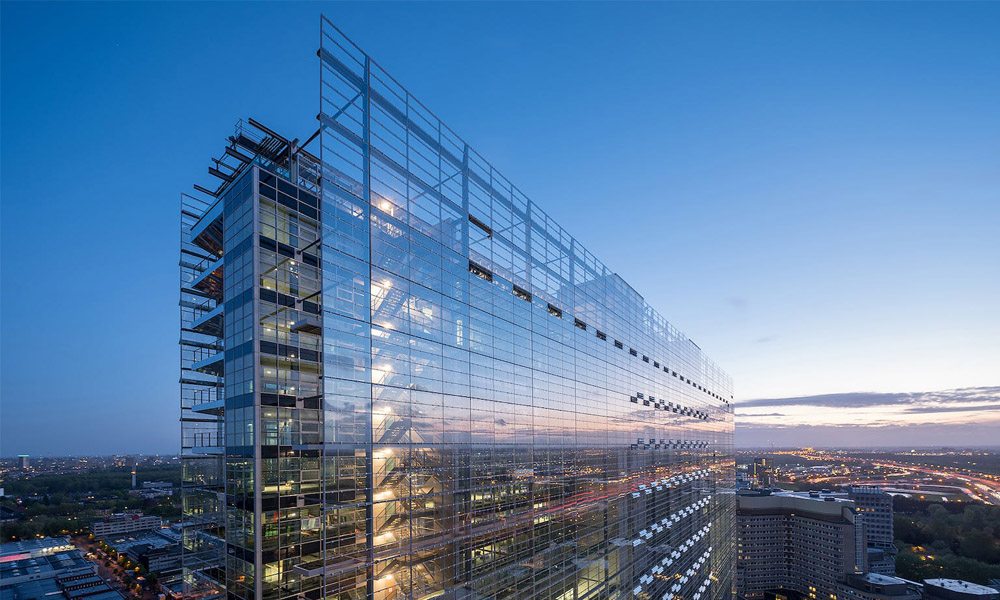

Understanding the Price of Frosted Glass Per Square Foot
Frosted glass is a popular choice for various applications, ranging from residential to commercial spaces. Its unique aesthetic appeal, coupled with practical benefits like increased privacy and diffused light, makes it a preferred option for many design projects. However, when it comes to budgeting for frosted glass installations, understanding its price per square foot is crucial. This article will elucidate the factors that contribute to the cost of frosted glass and provide a general overview of pricing trends.
What is Frosted Glass?
Frosted glass is a type of glass that has been treated to create a translucent finish. This can be achieved through various techniques, such as sandblasting, acid etching, or applying a vinyl film. The result is a textured surface that obscures visibility while still allowing light to pass through. This makes frosted glass an excellent choice for spaces where privacy is needed, such as bathrooms, office partitions, and conference rooms.
Factors Affecting Price Per Square Foot
1. Type of Frosted Glass The price can vary significantly depending on the type of frosted glass used. For instance, standard frosted glass might be less expensive than specialized or custom designs. Options like patterned frosted glass or tempered frosted glass—designed for added safety—usually come at a premium.
2. Thickness Glass thickness affects both durability and cost. Common thicknesses for frosted glass range from ¼ inch to ½ inch. Thicker glass typically costs more due to the increased material use and the complexities involved in processing.
3. Size Larger sheets of frosted glass can be more economical per square foot compared to small pieces. This bulk pricing can lead to decreased costs for larger projects or larger installations, while smaller bespoke cuts might incur higher per-square-foot costs.

4. Customization If the frosted glass needs to be custom cut to fit specific measurements or if a unique design is required, this will also impact the overall price. Custom artwork, logos, or specific patterns generated through etching processes can raise costs significantly.
5. Installation Costs The cost of frosted glass does not solely cover the material itself. Installation plays a crucial role in the total expense. If you hire professionals to install the glass, labor costs should be factored in, which can depend on the complexity of the installation and the region.
6. Supplier and Location Prices can also vary based on geographical location and the specific supplier. Urban areas may see higher costs reflecting local labor rates, while discounts might be available in bulk purchases from wholesalers.
General Pricing Trends
In general, the price range for frosted glass can start from about $25 to $50 per square foot. Standard frosted glass tends to be at the lower end of this scale, while specialized options can quickly escalate the cost. For instance, tempered frosted glass, which is commonly used for safety purposes, may range from $40 to $100 per square foot, depending on the thickness and other specifications.
For large projects, such as office buildings or commercial installations, the total cost can become substantial but may also include economies of scale. Additionally, some suppliers might offer package deals that encompass both the glass itself and the installation, which can help in budgeting.
Conclusion
Frosted glass presents both aesthetic and functional benefits, making it a valuable addition to various projects. Understanding the pricing factors is essential for anyone looking to incorporate frosted glass into their design. By considering aspects such as type, thickness, size, customization, installation costs, and supplier differences, one can develop a clearer understanding of what to expect in terms of pricing per square foot. Whether for home renovations or commercial spaces, knowing these details will aid in making informed decisions that align with one's budget and design goals.